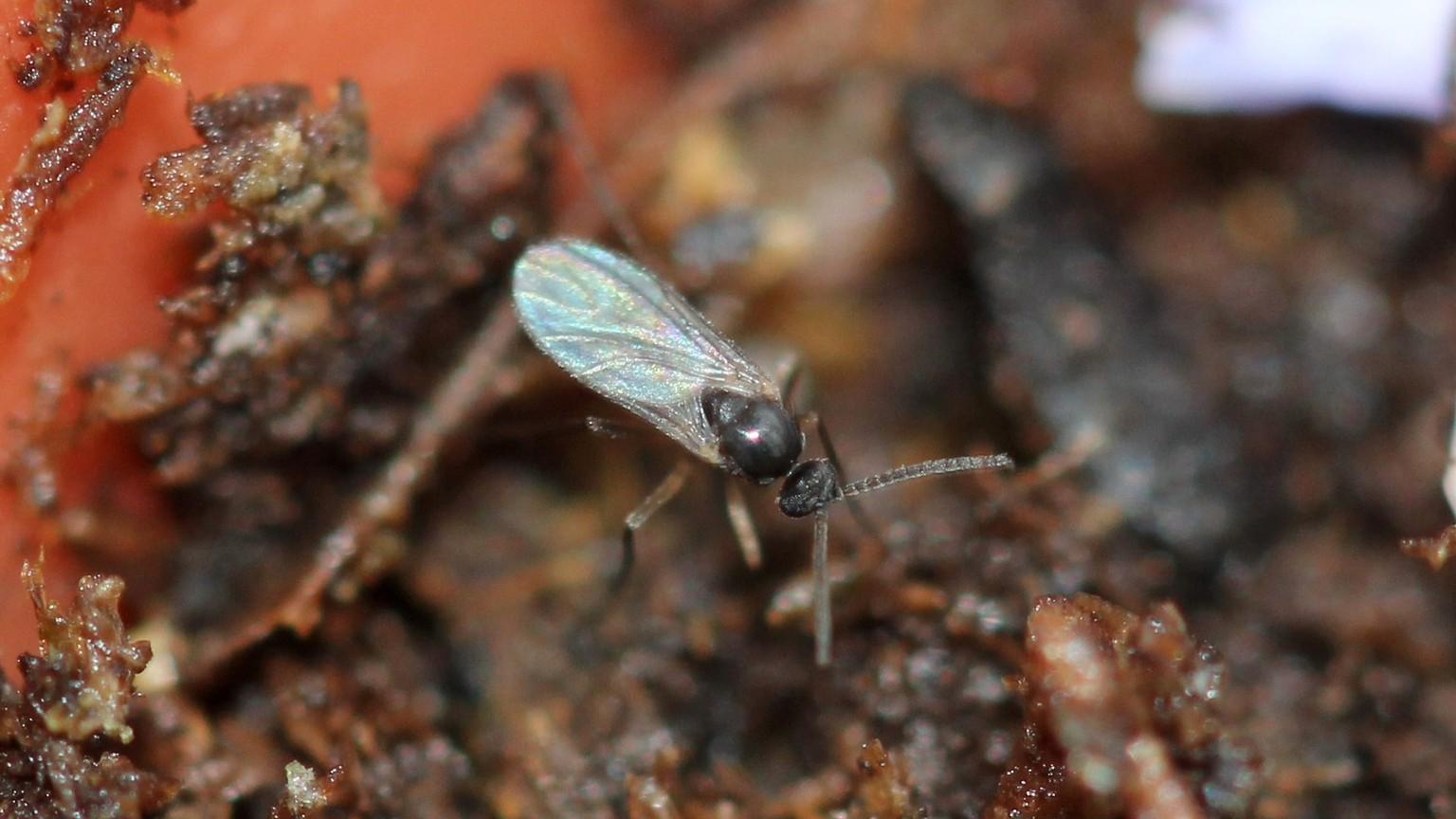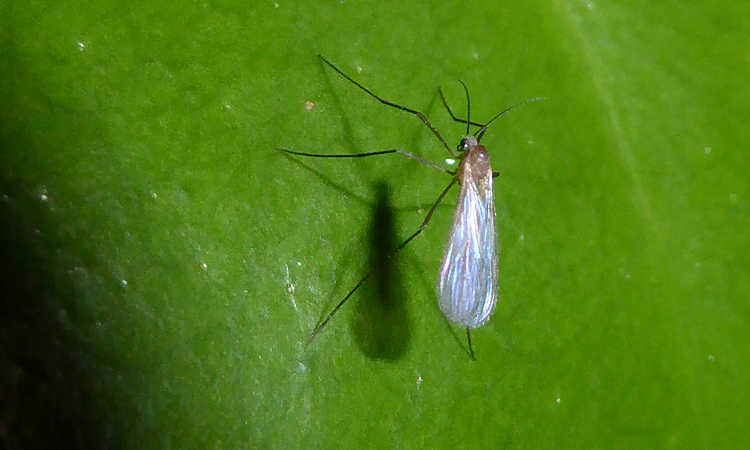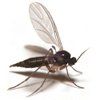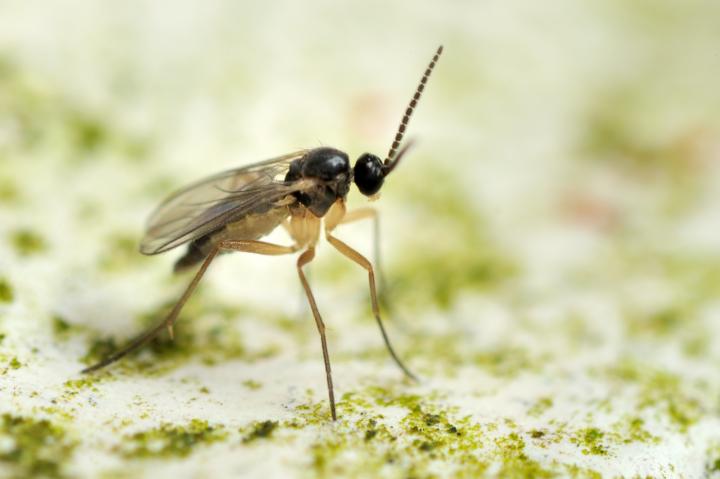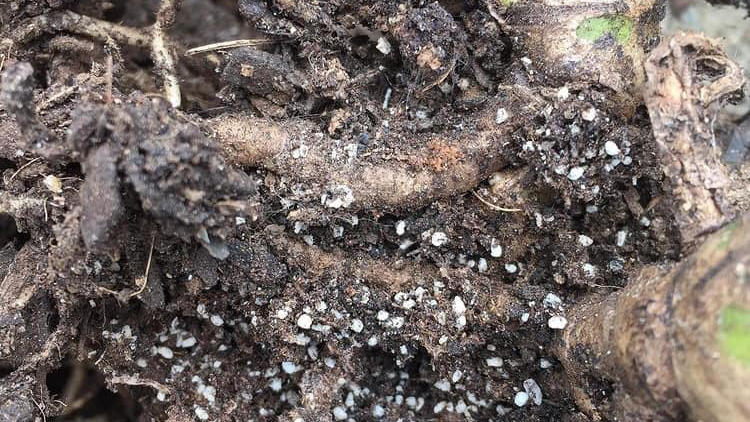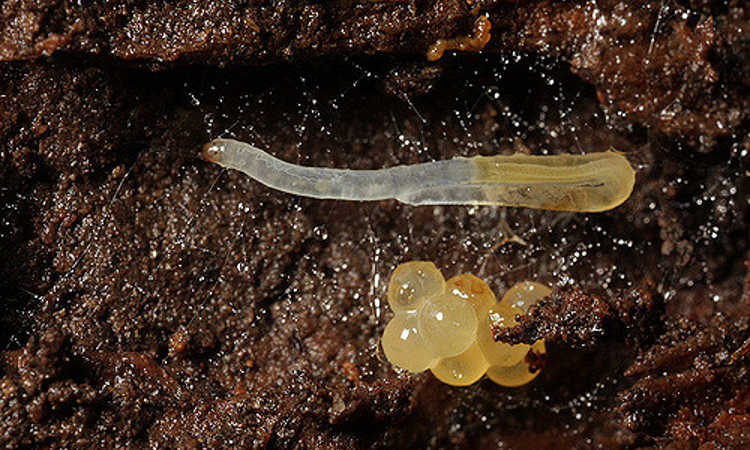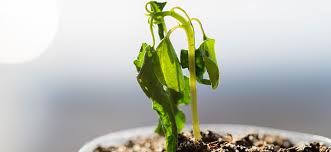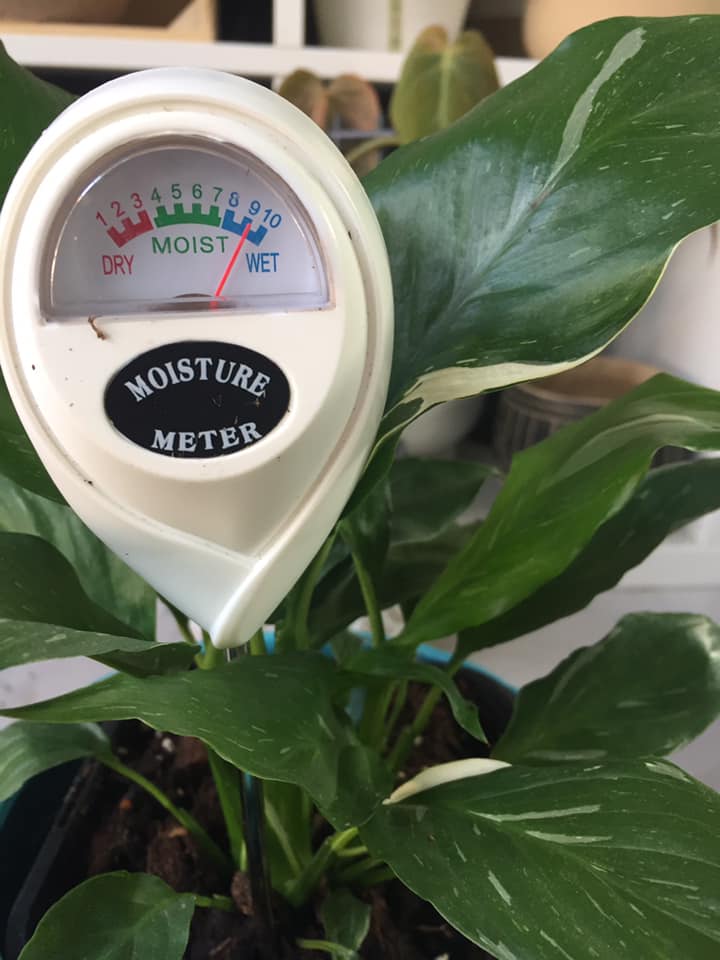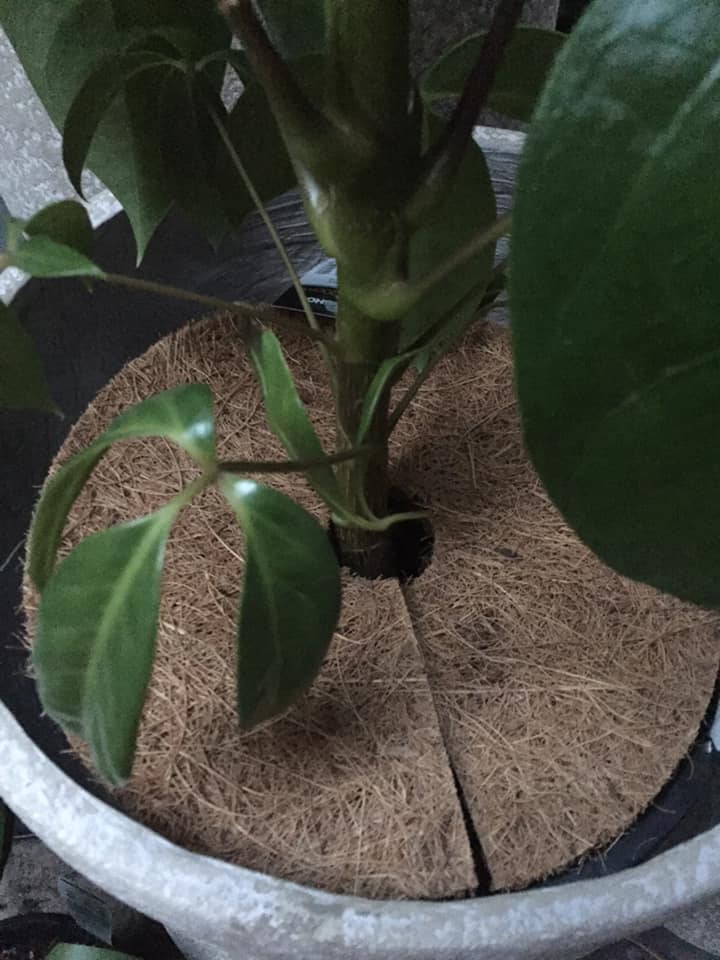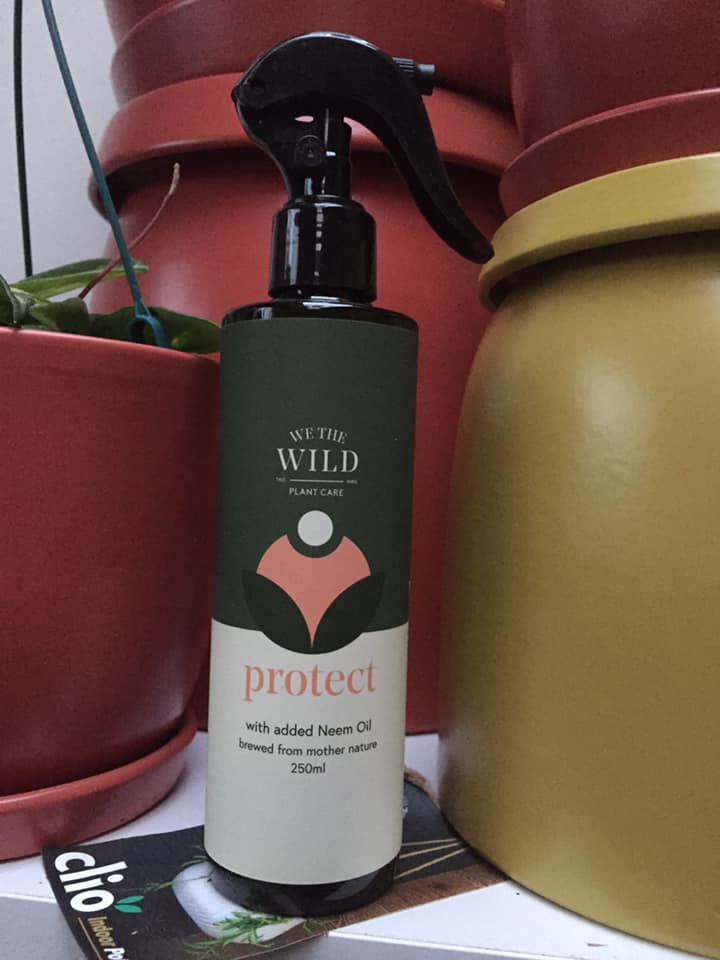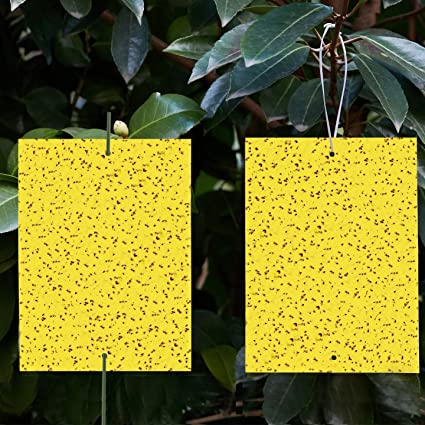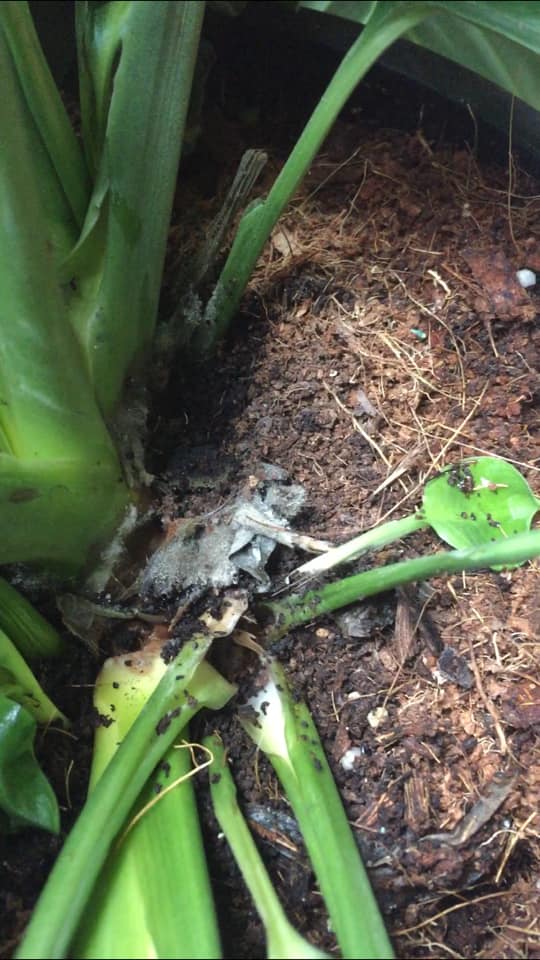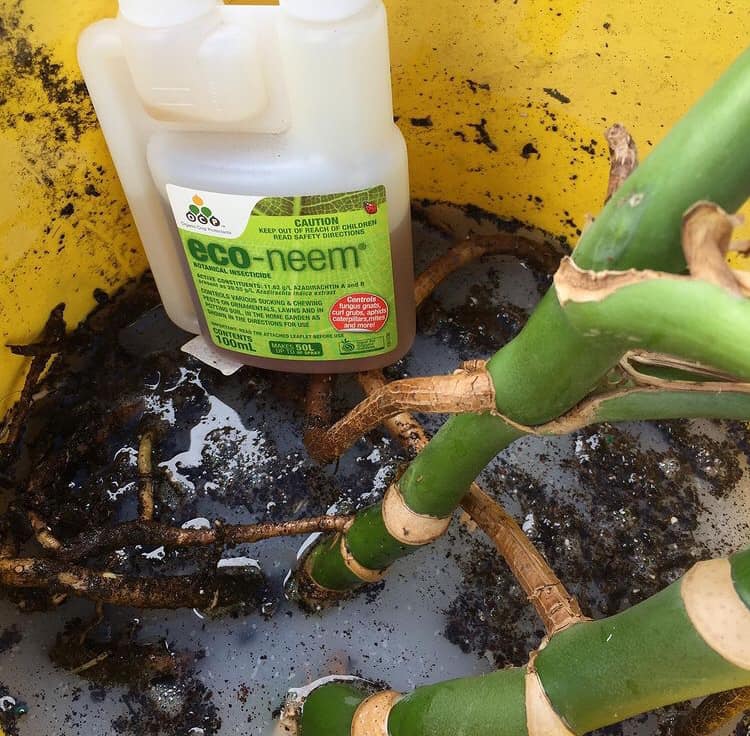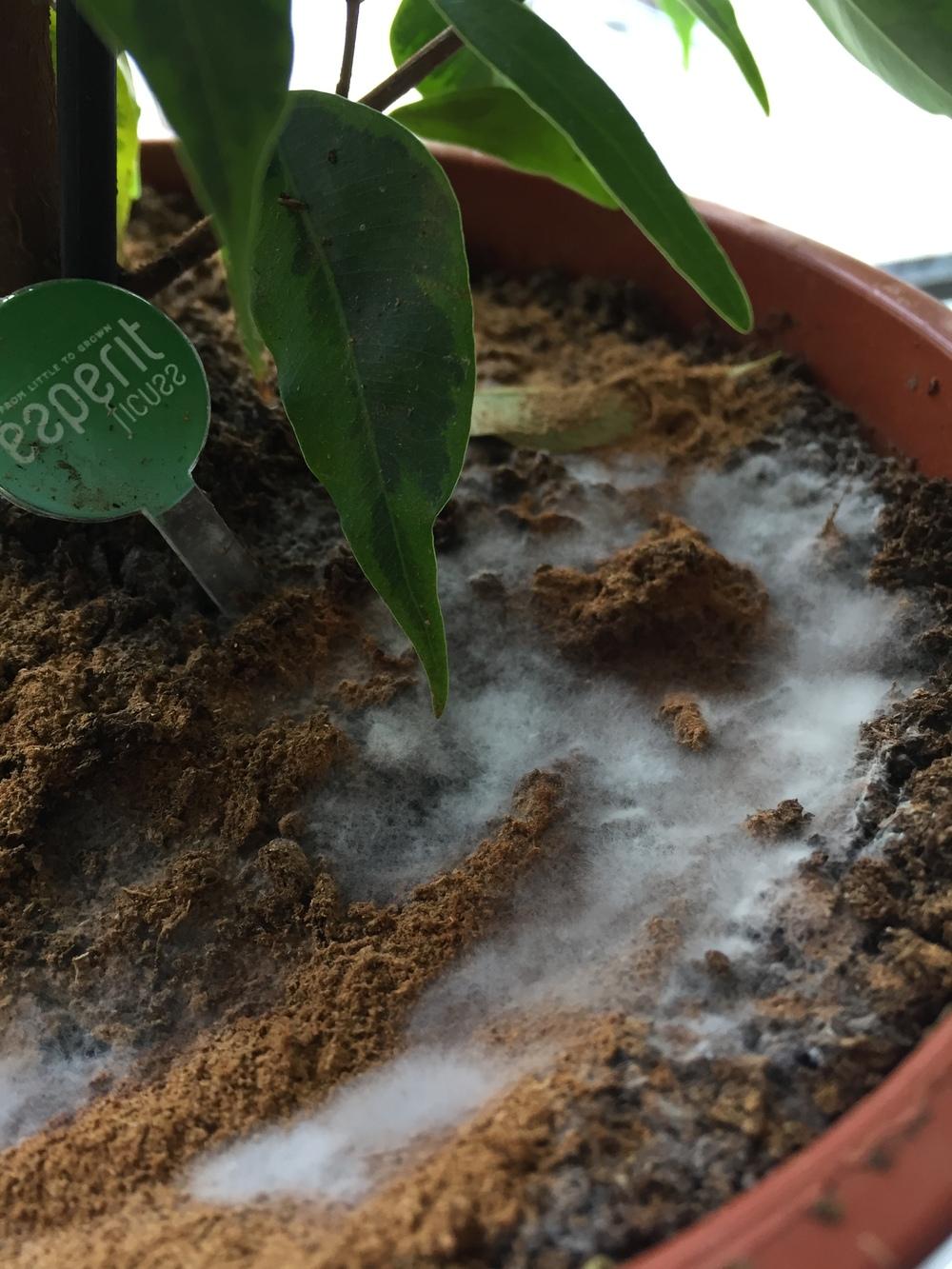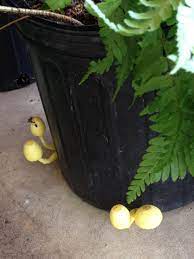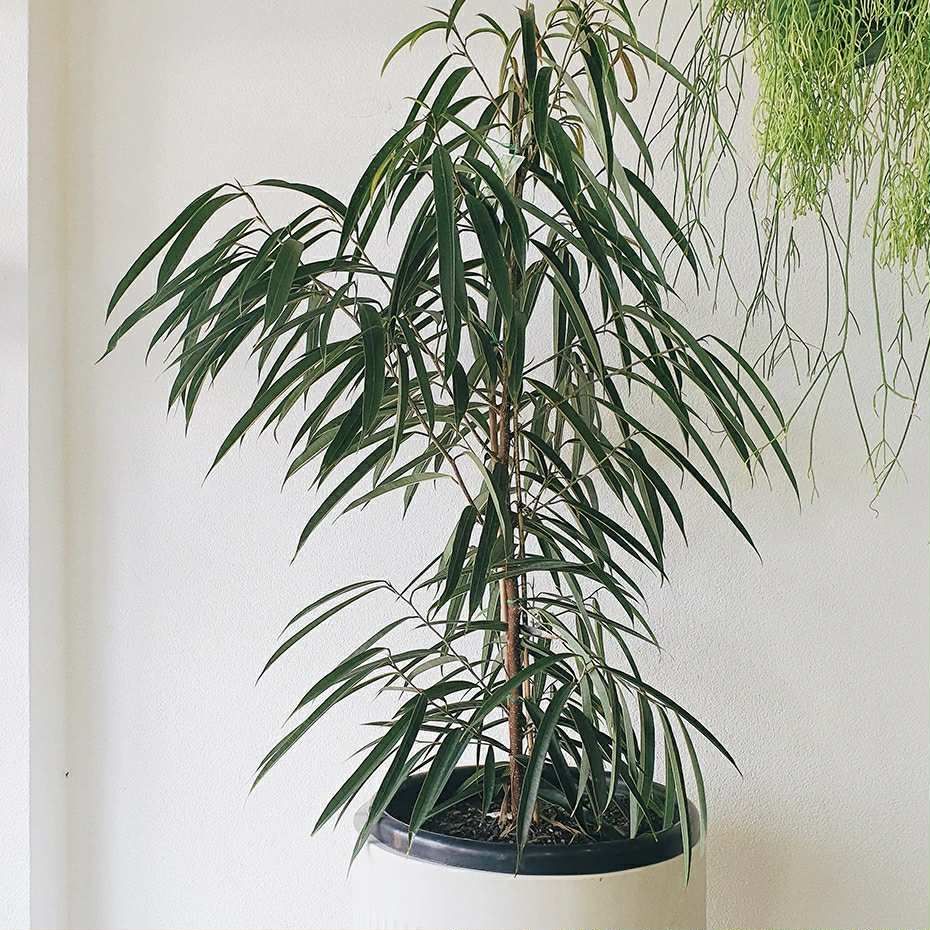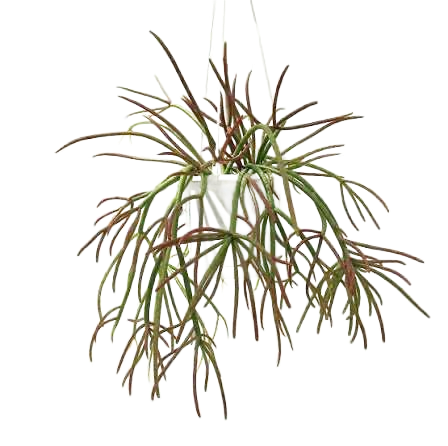Let's talk gnats
Why do these pesky critters come?
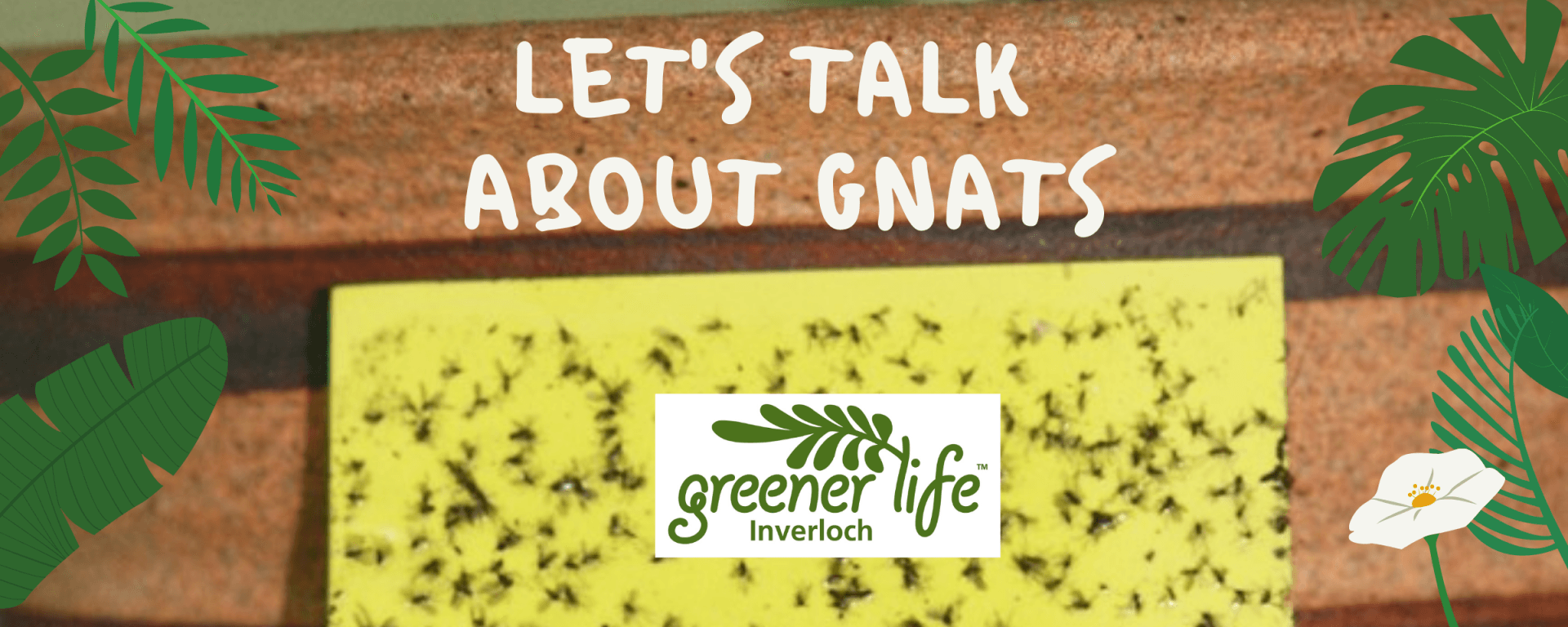
Initial preventative action is to find the breeding site/s and remove the source by eliminating the issue causing the excess moisture to form. Remembering that these fruit fly sized insects are one of the most common of all the flies species so they are not going to go away easily.
Tackle all phases of the lifecycle
It’s a pretty simple life if you are a fungus gnat. The adult looks for moist soil and research tells us lays up to 200 or so eggs, near the soil surface. We have about three days to remove the eggs before they hatch into larvae that will then burrow deeper into the soil to feed on fungi, decaying matter or in the absence of this your plant’s roots. Adults will emerge from the soil in about two weeks, repeat the egg laying process and die within a week. Although we will see the adults flying, generally it’s in short bursts as they do not tend to be strong fliers. Most will spend their time jumping around the soil surface of their host plant before and after laying their eggs.
Do fungus gnats harm us or the plants?
Adult gnats don’t bite, they are really just annoying and are not known to carry disease problematic to humans. They can however spread pathogens which may cause fungal problems which can be fatal to emerging, young or weakened plants. It’s the translucent/white bodied and black headed fungus gnat larvae which is most problematic to plants as they can push pathogens deeper into the root zones of plants and they will feed on weakened and/ or decaying root systems causing more intense visible damage such as yellowing lower leaves, significant leaf drop, slow plant growth, plant wilting and plant death.
Clearly prevention is the best method of control
Moisture, moisture, moisture is what will bring the fungus gnats so keeping your indoor plants on the drier side is your best defence in preventing the initial appearance of the fungus gnats.
- Adult gnats will be deterred from laying eggs if the top soil is dry. Allow the top 5cm of the soil to dry out before you consider re watering, particularly in the cooler months when the gnats seem to be more prevalent inside; despite being active all year they don’t like a cold winter.
- Go as long as you can between waterings to dry the soil out even more closer to the root ball, invest $12 in a moisture metre to help you decided when to water
- Gnats are attracted to bright light so if possible, provided it is suitable for the plant species move any troublesome plants short term into a darker spot
- Pot your plants lower and add a top layer of bark, pebbles or use coir mats or coconut fibre which will make it harder for the adult gnats to get to the moist soil to lay eggs and then make it harder for the emerging adults to get out. NOTE during cooler months add top layer after the soil is dry to touch and if practical remove it when watering (coir mats and coconut fibre as the easiest to do this with) so it does not slow the drying out process.
- If suitable for the plant species place it in a cooler part of the house during times of infestation
So prevention did not work and now we need to control them ?
Adult control
- Place yellow sticky paper around the troublesome plants (fungus gnats are attracted to yellow so don’t get the blue sticky paper). Be creative and cut them into smaller funky shapes and simply place on top soil or skewer them just above the soil line. Greener Life sells them in packs of 5.
- Use an organic insecticide such as Neem oil as a contact spray, hitting as many bugs as you see flying around as well as spraying around the foliage
- Create a little trap by placing saucers of a Neem oil mix or try an apple cider vinegar / water mix (1:4 with a couple of shots of dish washing liquid) on the top soil, buried in the soil a little.
- Spray with other insecticides registered to treat fungus gnats
- Sometimes adults find their way into your plants via the bottom drainage holes, check entry points for signs of action and if need be place coir mats, Chux wipes, shade cloth pieces or any other coverings over the holes that will still allow the water to drain but stop gnats getting in or out.
- Dry out any infected self watering pots, make sure no water is pooling in saucers or under plants.
- If suitable for the plant bottom water them for the short term to allow top soil to dry out (only do this if you know the roots are to the bottom of the pot or during hot weather). Check with us that the plant is suited to bottom watering.
- Do not pot up your plants into bigger pots unless it is truly needed to be done for the health of the plant or you are sure they won’t be over watered. Bigger pots mean more potting mix which means a great risk of it staying too wet. If possible add extra bark to improve drainage and only use premium potting mediums.
- Home remedies have also included sprinkling cinnamon or pepper, spraying diluted methylated spirits, placing fresh mint or mint tea bags around the base of your plants ……… see what works!
Egg and larvae control
- Conduct top soil inspection looking for eggs, remove and replace as necessary
- Prepare a Neem oil dunk to drench the plants and water it through, ensure the water comes out of drainage holes. Only subject the plant to a dunk if the weather and soil conditions are favourable for heavy watering.
- Keep potted plants clean of mouldy potting mix, fungi growth, leaf litter
- Conduct root ball/ potting mix inspection looking for larvae if you are comfortable doing it for troublesome plants (or bring it in and we can do this for you). Do ensure your plant does not have overly sensitive roots before doing it though. Ficus family will not love this process. Replace infected potting medium and give the plants a couple of doses of Natrasol/ Seaweed based plant nutrient.
- Dry the plants out, use a moisture metre to see how far you can push out watering. Remember the adults are looking for damp spots to lay eggs, remember overwatering is not only bad for the plant itself but the resulting root, stem or collar rot will provide an pantry of decaying matter for the larvae to feed on.
Final thoughts…….
- Keeping your plants healthy and strong will help them to fight off fungus gnat and other pesky infestations;
- Cluster plants with similar growing and watering conditions together
- Know which plants require more water and which can be dried out a bit more
- Find the right spot for every plant to thrive in- talk to us that’s our specialty
- Ensure your plants are in an appropriately sized pots
- Conduct routine pest inspections, including drainage hole and top soil check
- Do not over water your plants
- Keep plants well fed with appropriate fertilisers and plant health tonics, given consistently at appropriate times during the year.
Failing all this get yourself some chopsticks and start practicing because as Mr Miyagi said………
“If you can catch a fly with chopsticks, you can achieve anything”.

